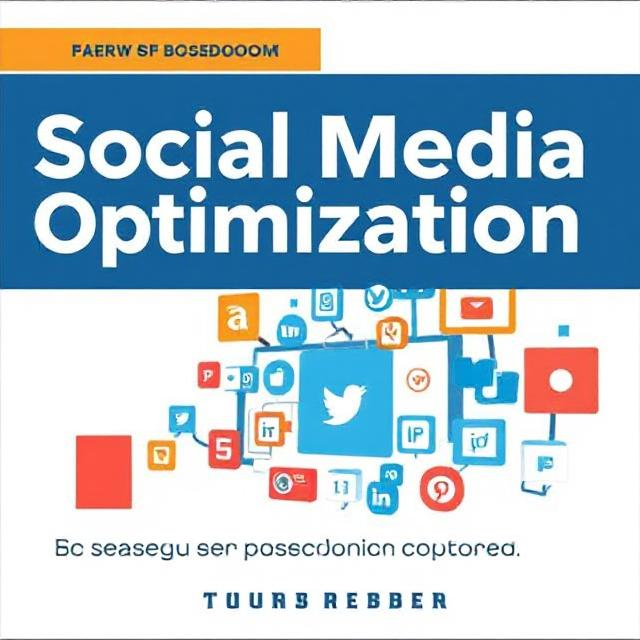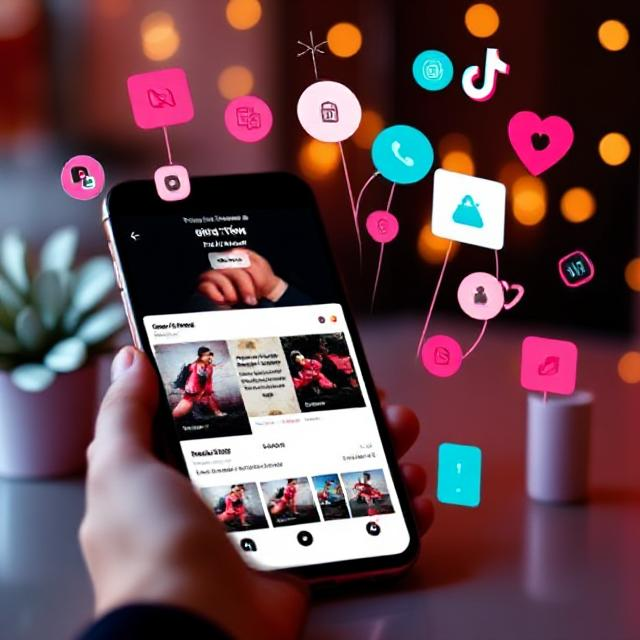Introduction: YouTube has emerged as one of the most lucrative platforms for content creators, offering endless opportunities to earn money while doing what you love. However, many aspiring YouTubers struggle to monetize their channels effectively. In this article, we unveil the secrets to automating your YouTube revenue stream, turning views into cash effortlessly. Step 1: Identify Your Niche Before diving into YouTube automation, it’s crucial to identify your niche. Choose a topic you’re passionate about and knowledgeable in. Research trending topics and audience interests to ensure there’s a demand for your content. Niche selection lays the foundation for a successful YouTube channel. Before embarking on your YouTube journey and seeking to automate your channel’s success, the critical first step is to identify your niche. Your niche is essentially the specific area or topic that your channel will focus on. This step is paramount as it sets the tone and direction for your entire content strategy. Passion and Knowledge: Research: Audience Demand: Unique Selling Proposition (USP): Long-Term Viability: Passion Versus Profit: Step 2: Create High-Quality Content Creating high-quality content is not just a recommendation; it’s the very foundation upon which successful YouTube channels are built. Here’s how you can expand on this crucial step: Engaging Content: Informative Value: Visual Appeal: Editing Excellence: Captivating Thumbnails: Consistent Upload Schedule: If you are not able or available to create you content yourself, you can get freelancers to create contents for you at sites like: Please use my promo code Tamika Jamar Step 3: Optimize for SEO Search Engine Optimization (SEO) plays a vital role in increasing your video’s visibility on YouTube. Use relevant keywords in your video titles, descriptions, and tags to improve search rankings. Create compelling titles that grab attention and thumbnails that entice clicks. Engage with your audience through comments and encourage likes and shares to boost visibility further. Search Engine Optimization (SEO) is the backbone of any successful YouTube channel, serving as the primary driver for increasing your video’s visibility and attracting organic traffic. Here’s a detailed expansion on how you can leverage SEO to maximize your YouTube presence: Keyword Optimization: Compelling Titles: Captivating Thumbnails: Audience Engagement: Optimized Descriptions: You can get free 7 days SEO optimization from https://chinocent.com/ Step 4: Monetize Your Content Once your channel meets YouTube’s monetization requirements (1,000 subscribers and 4,000 watch hours in the past 12 months), you can start earning money through ads, memberships, merchandise, and more. Enable monetization features such as AdSense, Super Chats, and channel memberships to maximize revenue potential. Monetizing your content on YouTube opens up a plethora of opportunities to turn your passion into profit. Once your channel meets YouTube’s monetization requirements, which include having at least 1,000 subscribers and accumulating 4,000 watch hours in the past 12 months, you can start earning money through various channels. Here’s an in-depth expansion on how you can monetize your content effectively: Ad Revenue: Memberships: Super Chats: Channel Memberships: Merchandise Sales: Sponsored Content: Step 5: Utilize Automation Tools To streamline your YouTube workflow and maximize efficiency, leverage automation tools. Use scheduling tools to plan and publish content in advance, ensuring a consistent presence on the platform. Analyze performance metrics with analytics tools to identify trends and optimize your content strategy. Additionally, explore AI-driven tools for thumbnail creation, video editing, and audience engagement to save time and effort. Utilizing automation tools is essential for streamlining your YouTube workflow, saving time, and maximizing efficiency. Here’s an in-depth exploration of how you can leverage automation tools to enhance your YouTube channel: Scheduling Tools: Analytics Tools: AI-Driven Tools: Step 6: Diversify Revenue Streams While ads are a primary source of revenue for many YouTubers, diversifying your income streams can provide stability and increase earnings. Explore alternative monetization options such as sponsored content, affiliate marketing, brand partnerships, and selling digital products or courses. By diversifying your revenue streams, you reduce reliance on ad revenue and open up new opportunities for income generation. Diversifying revenue streams is a smart strategy for any YouTuber seeking to build a sustainable and lucrative income from their channel. While ads may be a primary source of revenue for many creators, relying solely on ad revenue can leave you vulnerable to fluctuations in advertising rates and algorithm changes. Here’s how you can expand your revenue streams to create a more stable and profitable income: Sponsored Content: Affiliate Marketing: Brand Partnerships: Selling Digital Products or Courses: Merchandise Sales: Step 7: Engage with Your Audience Building a strong connection with your audience is crucial for long-term success on YouTube. Respond to comments, engage in discussions, and take feedback seriously to foster a loyal community. Host live streams, Q&A sessions, and contests to interact with your audience on a personal level. By nurturing your community, you create brand advocates who will support your channel and contribute to its growth. Engaging with your audience is not just about creating content; it’s about building a community and forging meaningful connections with your viewers. Here’s an in-depth expansion on how you can effectively engage with your audience to foster loyalty and fuel the growth of your YouTube channel: Responding to Comments: You can hire a social media manager from https://miniworkhive.com/ Hosting Live Streams: Conducting Q&A Sessions: Hosting Contests and Giveaways: Taking Feedback Seriously: BONUS: ”Unlocking Revenue Potential: Monetization Strategies for Small YouTube Channels” Generating revenue on YouTube with few followers and views may seem challenging, but it’s entirely possible with the right strategies and approach. While having a large audience certainly helps, there are several monetization avenues that YouTubers with smaller followings can explore to start earning income. Here’s how you can generate revenue on YouTube with few followers and views: 1. Focus on Quality Content: Quality content is key, regardless of your audience size. Invest time and effort into creating engaging, informative, and visually appealing videos that resonate with your target audience. Focus on niche topics that you’re passionate about and where you can provide unique value. Even with a smaller audience, high-quality content can attract loyal viewers who















